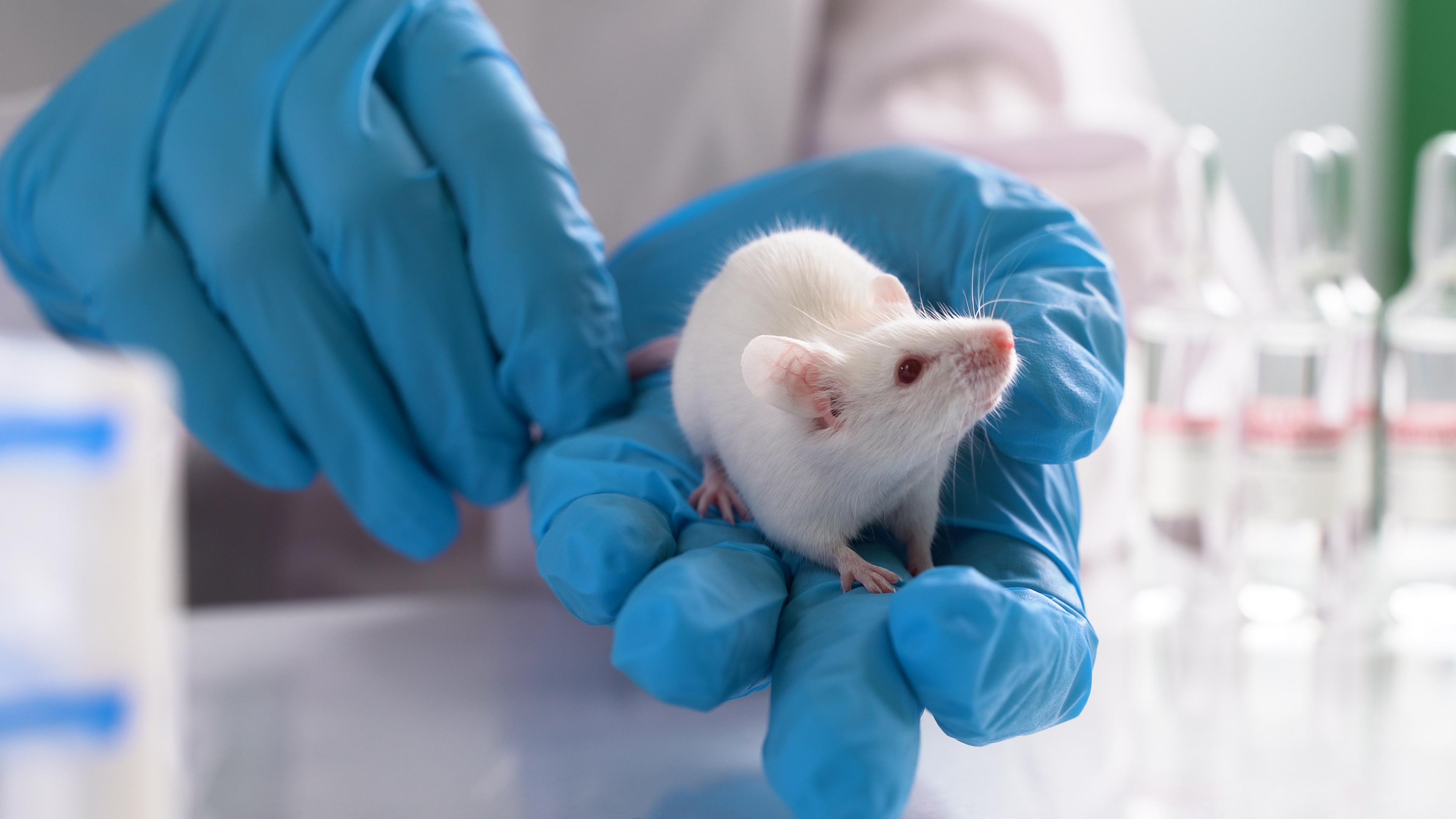A new type of bioprinted skin could revolutionize how we replace human skin going forward. The new skin was made by combining the six primary skin cell types with additional hydrogels, allowing them to create thick and multilayered skin. When transplanted successfully, the skin can heal wounds faster and with far less scarring.
Having a breakthrough like this could make skin grafts and transplants much more reliable and easier to blend in. That’s because faster healing means less time the patient has to spend nursing the printed skin back to health, and less scarring means less evidence of the transplant in the first place.
We’ve previously seen researchers creating living skin for robots, but this breakthrough shows that creating the full thickness of human bioengineered skin is both possible and worthwhile, promoting quicker healing and more natural appearances after the bioprinted skin is applied.

When testing the skin, researchers transplanted it onto mice wounds and found that the printed skin formed skin patterns, blood vessels, and even showed normal tissue development. This all allowed the wound to heal faster with less skin contraction, the researchers note in their new paper.
The full details of the new bioprinted skin were published in the journal Science Translational Medicine, and it presents a huge breakthrough for the skin transplant industry, especially if these claims of faster healing times and less scaring can be scaled up to work on humans, too. Of course, the only tests we have to go off right now are those based on animals.
But, if human trials go successfully, we could see a replacement for how skin transplants are handled right now, making them much more likely to succeed and heal more naturally. Even if the trials require some finesse to get things 100 percent right, this breakthrough at least shows that it is possible to create a full-thickness skin like this.








